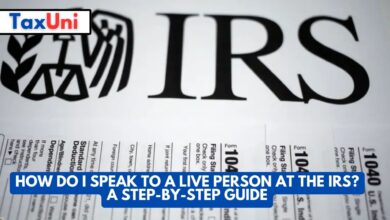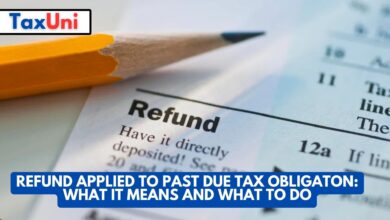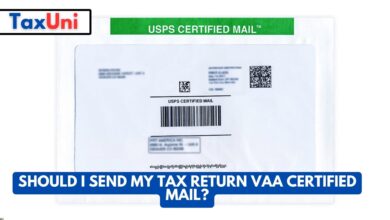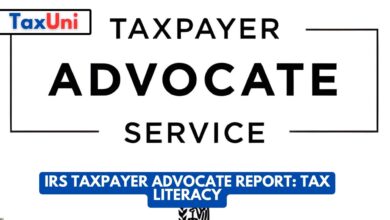How to Get IRS Telephone Assistance?
Taxpayers may need to call the IRS for a variety of reasons. They can call a live agent for assistance or use an online tool to get help.
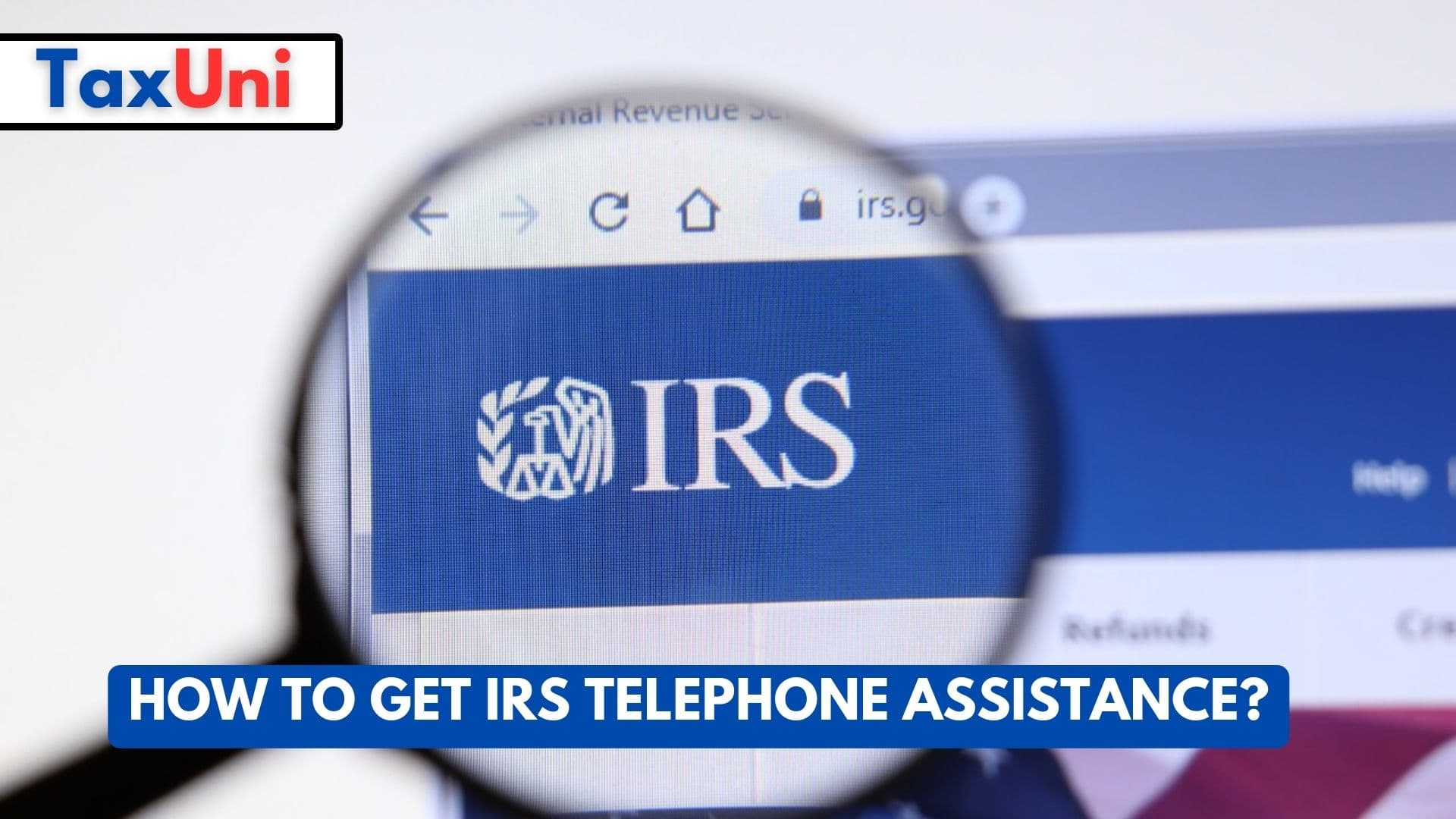
Each year taxpayers call the IRS to ask questions or report problems with their tax return or tax bill. Many of these calls are answered through the website, but some are not and need to be addressed by a live person. The IRS phone system is available Monday through Friday from 7 am to 7 pm local time. Callers should try to avoid the crowds by calling early in the morning or as the day winds down. They should also make sure they have all the information and documents related to their question or problem before calling.
When calling the IRS, it is important to know how to navigate the automated system so that you can talk with a real person. First, you should press the option that matches your situation. For example, if you are calling about a refund, do not choose option 1, “refund info.” Instead, you should select option 2.
The IRS has offices in every state where you can meet with a real person. These offices are called Taxpayer Assistance Centers, and you can find a list of them here. These offices are only open by appointment and can help you with a variety of issues. They can also connect you with a local Taxpayer Advocate, an independent department within the IRS that can help when other options have failed.
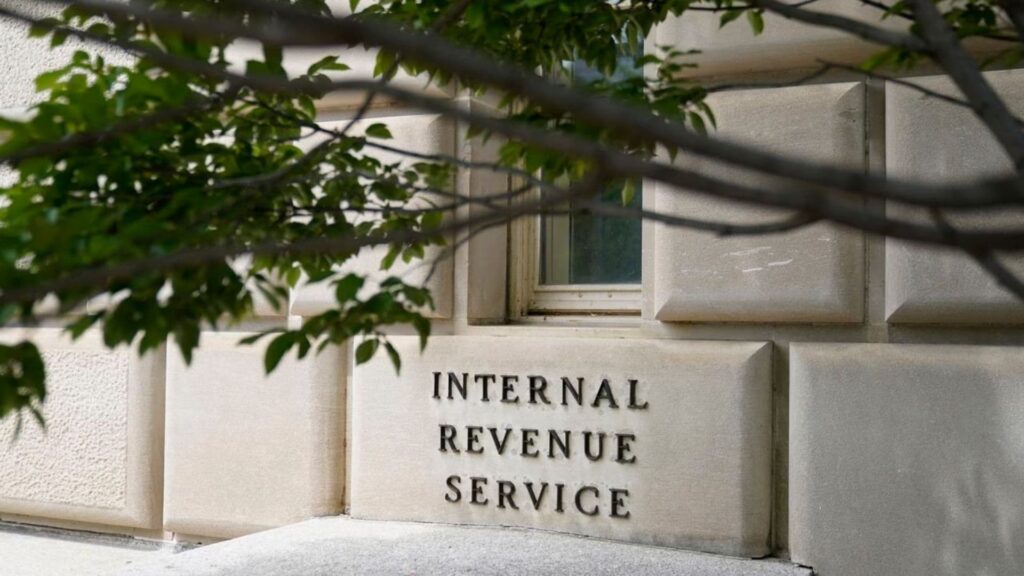
IRS Telephone Assistance Hours
During normal call hours, you can reach IRS employees to ask general tax questions by telephone. Calls are answered Monday through Friday, except holidays. Callers can find more information on the IRS website, including links to self-help resources and tips for calling.
If you are calling on behalf of a client or someone who is deceased, the IRS recommends that you have all necessary documentation gathered before you dial the phone number, including valid third-party authorization (Form 2848 Power of Attorney and Declaration of Representative, Form 8821 Tax Information Authorization and/or Form 8655 Reporting Agent Authorization). The IRS also offers Practitioner Priority Service, which provides a special phone line for tax professionals.
During the past filing season, the demand for calls to the IRS surpassed expectations. As a result, the agency is working to improve its systems and services, especially for taxpayers with complex issues. To help reduce the backlog, the IRS is urging people to file electronically and use direct deposit. Additionally, the IRS is urging taxpayers to be cautious about using email, text messages, or social media to contact the IRS. Real IRS agents will never call a taxpayer out of the blue and will not request personal or financial information over the phone.

How Do You Talk to a Live Person at the IRS?
If you’re calling about an issue – for example, to discuss filing for an extension or to get information on how to pay a tax debt – it’s best to talk to a live IRS representative. However, the agency’s automated system can make connecting with a live person difficult, especially during busy times. Fortunately, you can take steps to reach a live representative more quickly. First, make sure you have all the relevant documentation for your call and are prepared to answer any questions from the representative – including being ready with a copy of last year’s return, as the IRS may need to verify your identity to provide help.
It’s also helpful to try to call either early in the morning or late in the day when calls are typically less busy and wait times are shorter. Alternatively, you can visit your local Taxpayer Assistance Center Office to speak with an IRS representative in person; use the IRS’s Local Office Locator to find a location near you. In addition, the IRS has several tools you can use to answer many common questions, including checking refund status and balance due amounts. They’re available here. And finally, if you’re still having trouble getting through to a live representative, consider paying for a service like Taxpayer Advocate Service, which reserves spots in the IRS phone queues.
